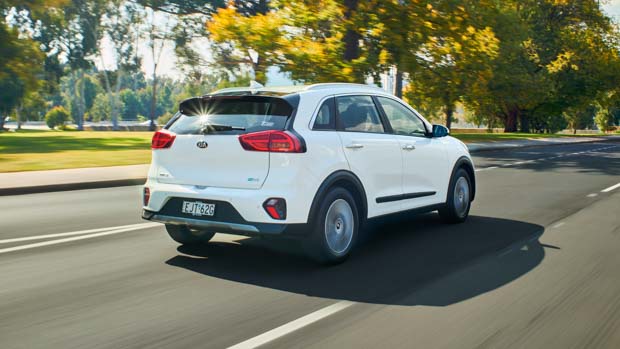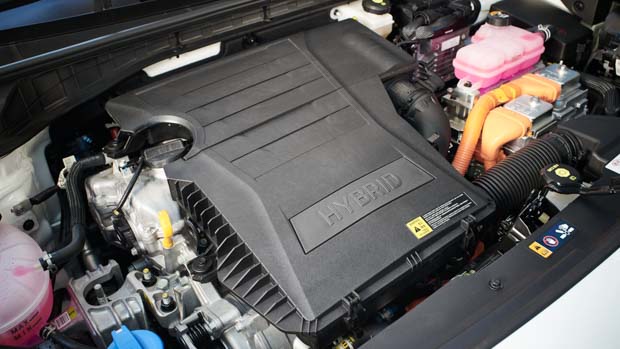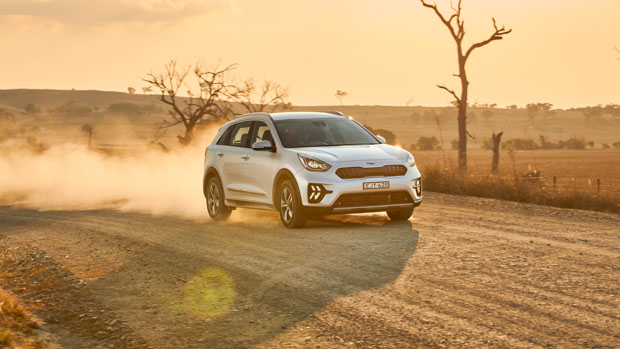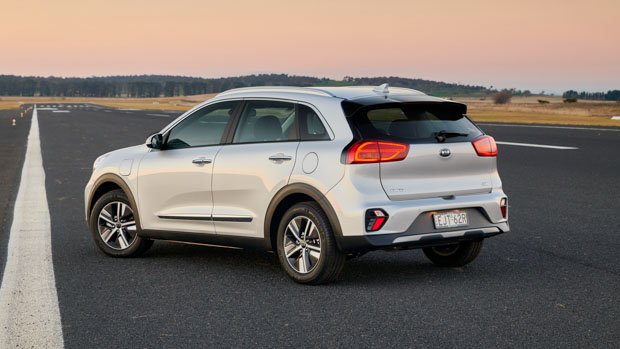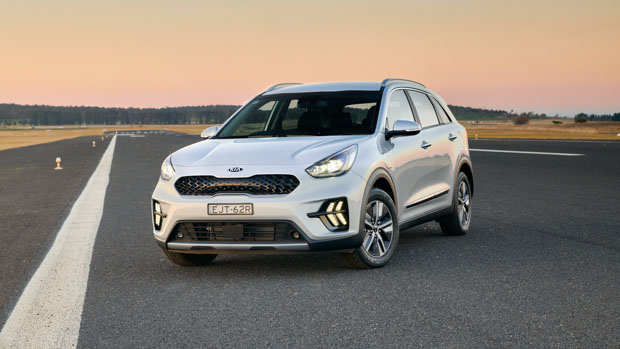-
Car Reviews
- Car News
-
Car Comparisons
Latest comparisons
- Chasing Deals
As part of a three-pronged strategy for its new small SUV, Kia is launching two hybrid versions of the Niro that aim to do the same job in two very different ways.
Kia has launched two hybrid versions of the new 2021 Niro small SUV in Australia this week as it begins its local foray into electrification.
The Niro is available as both a traditional self-charging hybrid and as a plug-in hybrid (PHEV), with a third and fully electric option also on offer – but we’ll discuss that in another article.
While they differ in design and some of the features on offer, it’s best to think of the Niro as a close sibling of the pre-facelifted Hyundai Kona with the two sharing a significant amount of hardware.
The recently announced facelifted version of the Niro is expected to make its debut in Australia in 12 months time but Kia is keen to debut electrification in Australia ahead of the launch of the EV6 midsize SUV.
Powering both the hybrid and PHEV models is a 1.6L turbocharged four-cylinder petrol engine which feeds power through a six-speed dual-clutch transmission to the front wheels exclusively.
That engine by itself develops 77.2kW of power and 147Nm of torque but sandwiched between it and the transmission is a handy electric motor.
In the self-charging hybrid this is a smaller 32kW/170Nm unit coupled to a 1.56kWh battery that works to develop a total output of 104kW/265Nm while only chewing through around 3.8L/100km/h in the base S grade – a figure that directly matches the Toyota Yaris Cross.
The Niro PHEV opts for a slightly larger 44.5kW/170Nm electric motor but the pair still make the same maximum combined figure of 104kW/265Nm.
Drawing on a 8.9kWh battery, the Niro PHEV can travel 58km on electric power alone (NEDC) which should be more than enough for a daily commute.
Charging the Niro PHEV from 0-100 per cent will take around two hours and 15 minutes when using a 3.3kW AC charger, with a wallbox available to buy from Kia.
Both the hybrid and PHEV version of the Niro are available with a base S and upper Sport grade.
Kicking off the range is the Niro Hybrid S which starts at $39,990 (before on-road costs) with the top-spec Niro Sport PHEV setting buyers back $50,490 (before on-roads).
Starting on the outside the Niro S models feature halogen headlights as standard, along with nice touches such as roof rails with 16-inch alloys wheels.
Upgrading to the Niro Sport model adds nicer LED headlights while only the conventional Hybrid Sport gets the larger 18-inch alloy wheels with wider 225 rubber.
Moving to the inside the Niro S grades will receive an eight-inch touchscreen with wired Android Auto and Apple CarPlay.
Niro Sport models receive a larger 10.25-inch touchscreen with navigation and an eight-speaker JBL premium SOund System.
Available as standard is an eight-way power adjustable seat for the driver and a six-way adjustable function for the front passenger along with keyless entry and power folding mirrors.
Kia claims the interior of the Niro is bigger in almost every dimension than its Hyundai Kona sibling. Additionally, boot measures 410L in the Niro Hybrid and 324L in the Niro PHEV
Like all Kias the Niro has a fairly extensive list of safety features the include AEB with pedestrian and cyclist detection, lane-keep assist and adaptive cruise control and a rear-view camera.
The Niro Sport grades buyers also receive blind-spot monitoring, rear cross-traffic alert and guiding lines for the rear-view camera.
Kia has also fitted a feature called Virtual Engine Sound System which as the name suggests generates a noise at speeds under 28km/h to alert others that a silent car is moving around.
Both hybrid and fully-electric versions of the Kia Niro are now available to buy in Australia.
All prices listed are before on-road costs.
Latest news
About Chasing cars
Chasing Cars reviews are 100% independent.
Because we are powered by Budget Direct Insurance, we don’t receive advertising or sales revenue from car manufacturers.
We’re truly independent – giving you Australia’s best car reviews.
